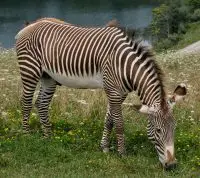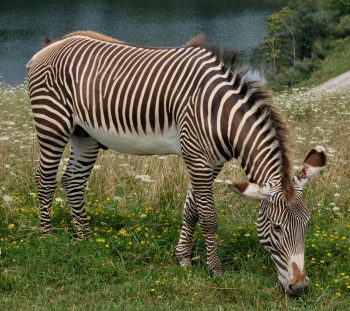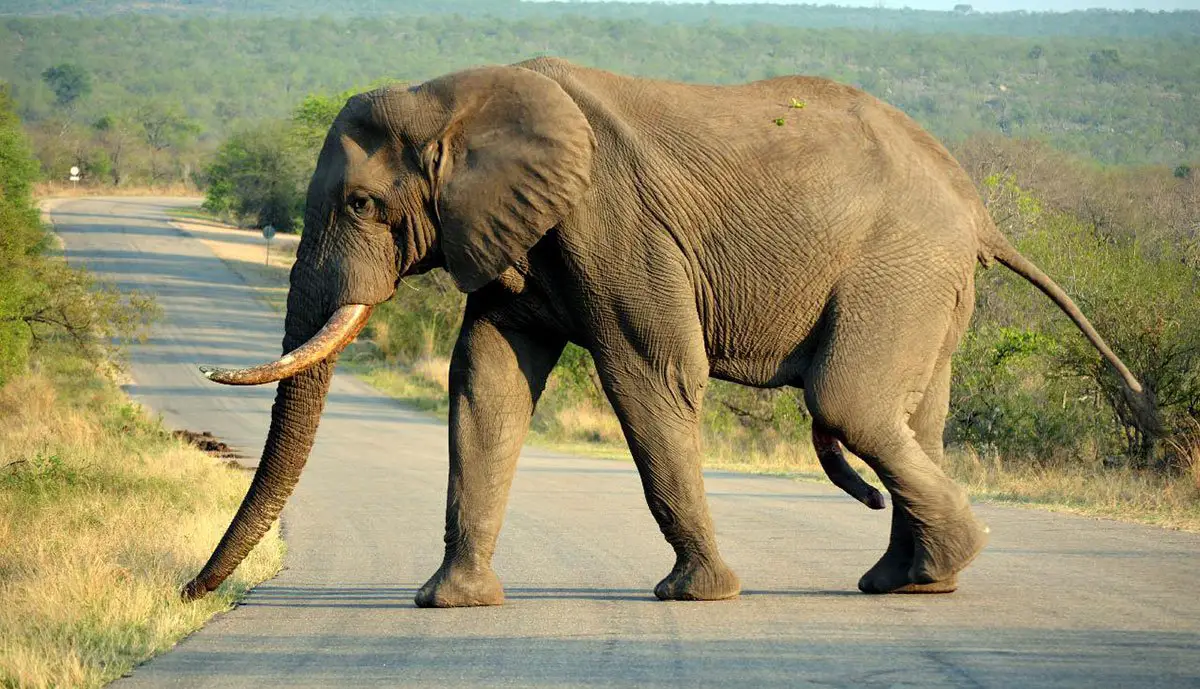The Grévy’s zebra (Equus grevyi) is the largest of all zebras. It is also called imperial zebra. Grevy’s zebras are the close relatives of mountain zebra and plains zebra. The zebra is threatened in most of its geographic range.
Adult Grevy’s zebra measures 8.2–9.0 feet in total body length and weighs 770 – 990 pounds. It has a 55 – 75 cm long tail.
Unlike other zebras the grevy’s zebras have long head and large ears. They have dense and erect mane on their neck.
Grevy’s zebras are found in northern Kenya, South Sudan, and southern Ethiopia. They have become extinct in Somalia.
Zebras will make habitats in semi-desert grasslands.
make habitats in semi-desert grasslands.
Grevy’s zebras eat legumes, browse, and grasses. If the grass is available in large quantity then they spend most of their time browsing.
They are not migratory but they do travel in order to get food. Grevy’s zebras establish territories.
They have a range of different sounds such as whistling, squealing and deep hoarse grunts.
Grevy’s zebras mark the largest of the territories in all herbivorous land mammals.
Female zebras give birth in August and September.
Grevy’s zebras have a lifespan of 20 years in the wild.
Predators of grevy’s zebras are hyenas, leopards, wild dogs, lion, and cheetahs.
There were 15,000 grevy’s zebras in 1970s. Currently there are 3,500 grevy’s zebras living in the wild. It is a highly endangered species.





